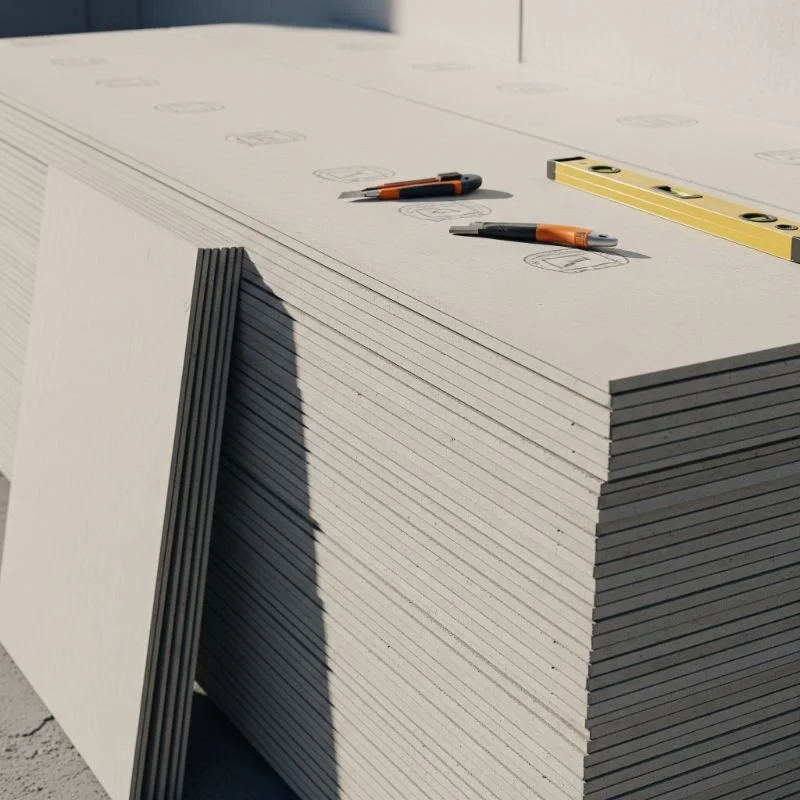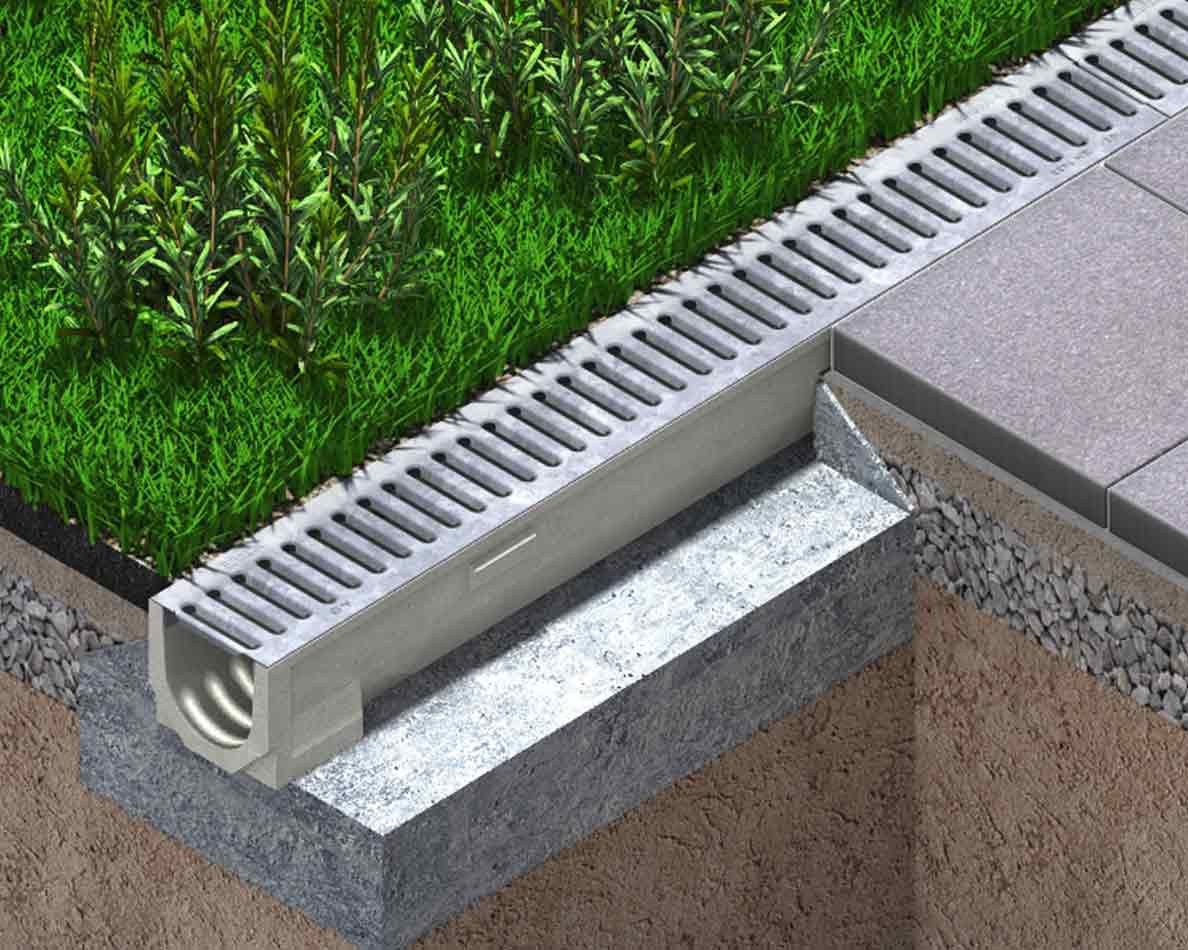Why Plasterboard Doesn’t Belong in Landfill: A Practical Look at the Problem
Discover why plasterboard should never end up in landfills. Learn about its environmental impact and smart alternatives for responsible disposal.
Plasterboard is one of the most widely used materials in the construction industry. It’s cheap, lightweight, and easy to install—ideal for everything from partition walls to ceilings, soundproofing and fire protection. But while it’s convenient on-site, it’s a different story when it comes to disposal.
In fact, if plasterboard is handled the wrong way after use, it can become a real environmental headache—especially in landfill.
So, why is plasterboard such a problem? And what should contractors and waste holders be doing instead?
What’s in Plasterboard?
At a glance, plasterboard looks simple enough: a flat sheet made from a gypsum core sandwiched between two layers of paper lining. But it’s that gypsum core that causes all the trouble.
Gypsum, a naturally occurring mineral, is safe when used correctly. However, when it ends up buried in landfill—particularly alongside biodegradable waste—it reacts with moisture and breaks down in a way that produces hydrogen sulphide gas. Not only does this gas smell like rotten eggs, but in high enough concentrations, it’s also toxic.
Why Landfilling Plasterboard Is Risky
The risks from landfilling gypsum-based materials aren’t theoretical. There have been real-world examples of the consequences, such as in Staffordshire, where improper plasterboard disposal led to severe odour issues that affected the local community. The Environment Agency had to step in, highlighting just how disruptive poor waste management can be—not just environmentally, but socially too.
What the Rules Say
To avoid these issues, the Environment Agency has laid out very clear guidance:
Plasterboard must not be sent to landfill sites that accept biodegradable waste.
It should be separated and sent for reuse or specialist recovery wherever possible.
If separation isn’t practical, the mixed waste must go to a specific type of landfill cell that doesn’t accept biodegradable material.
In short, plasterboard can’t just be chucked in with general waste. Doing so breaks the rules and can expose waste producers to serious consequences, both regulatory and reputational.
Regulations and Responsibilities
Plasterboard disposal falls under the wider umbrella of the UK’s interpretation of the Landfill Directive, which was brought in to reduce the long-term environmental impact of landfill sites. Among other things, this includes:
Bans on mixing hazardous and non-hazardous waste
Restrictions on what types of waste can be sent to landfill
The requirement for all waste to be treated before landfill
Diversion targets for biodegradable waste
As of 2007, even non-hazardous waste must be treated before it’s landfilled. This means anything going to a tip has to go through a process that reduces its environmental harm—ideally through recycling or recovery.
Although odour management isn’t specifically regulated by law in the same way, pollution from hydrogen sulphide is a recognised environmental concern. That’s why plasterboard must be dealt with properly, with no shortcuts.
Why It Still Ends Up in the Wrong Place
Despite the clear rules, plasterboard still ends up in the wrong bins far too often. On construction and demolition sites, it’s common for offcuts and damaged sheets to be lumped in with mixed waste. But unless someone is actively separating that material, it’ll head straight to landfill—risking gas production, regulatory breaches, and environmental harm.
One of the challenges is awareness. Not everyone working with plasterboard knows it requires separate handling. That’s where good site training and proper waste management processes come in.
What Should Happen Instead?
The ideal approach is simple: recover and recycle.
When separated and collected properly, plasterboard can be sent to specialist reprocessing facilities. The gypsum inside can be recovered and reused in new boards or for use in agriculture, where it’s valued as a soil improver. The paper linings are also recyclable.
Proper disposal not only avoids environmental risk but also contributes to a more circular construction industry—something the sector is under increasing pressure to deliver.
A Smarter Way to Dispose of Plasterboard
This is where working with the right waste partner really makes a difference. A reputable provider will offer separate plasterboard collections and ensure everything is sent for safe, compliant reprocessing.
Waste management companies like REMONDIS offer tailored services for builders, developers and tradespeople looking to handle plasterboard the right way. Every sheet collected is diverted away from landfill and sent to facilities that know how to break it down safely, keeping it out of mixed waste and ensuring as much of it as possible is recovered for reuse.
Final Thought
Plasterboard may seem harmless on the surface, but if it ends up in the wrong place, it can quickly become a serious issue. The rules around disposal are there for good reason—and for any business producing construction waste, understanding those rules isn’t just good practice, it’s a legal responsibility.
Handled correctly, plasterboard doesn’t need to be a problem. With proper separation, trusted collection services, and a bit of awareness on-site, it’s perfectly possible to manage it safely, legally, and with minimal impact on the environment.
Got plasterboard waste piling up? It might be time to rethink where it’s heading—and who’s taking it there.








